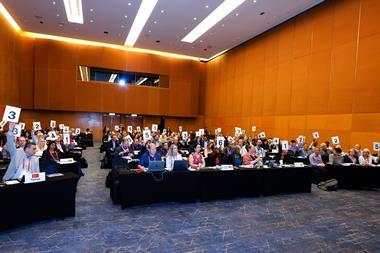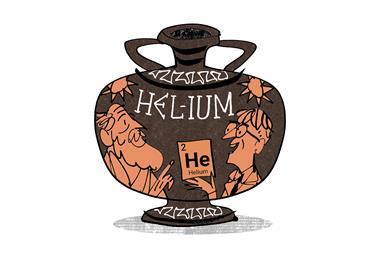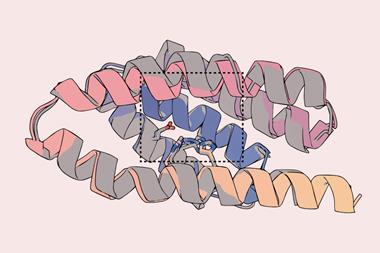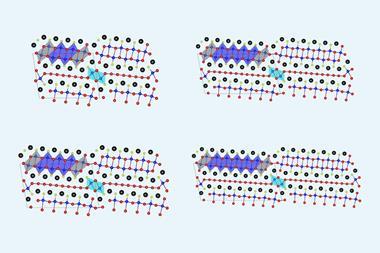Twenty of the world’s top experts in per- and poly-fluoroalkyl substances (PFAS) have serious concerns about a project to redefine this family of environmentally persistent chemicals that is being led by the International Union of Pure and Applied Chemistry (Iupac). The critics anticipate that this new definition of PFAS will likely be narrower and they question the motivations of those behind the effort.

In 2021, the Organisation for Economic Co-operation and Development (OECD) published a peer-reviewed definition of PFAS. It defined them as ‘fluorinated substances that contain at least one fully fluorinated methyl or methylene carbon atom (without any H/Cl/Br/I atom attached to it), ie, with a few noted exceptions, any chemical with at least a perfluorinated methyl group (−CF3) or a perfluorinated methylene group (−CF2−)’.
The current OECD definition of PFAS was developed to address concerns that certain substances containing fully fluorinated moieties, such as perfluoroalkyldicarboxylic acids with acid groups on each end of the perfluorinated carbon chain, were excluded from a previous PFAS definition.
Iupac says the project in question, which will be launched on 26 June, aims to provide a ‘rigorous definition’ for PFAS, as well as to standardise terminology, classification and nomenclature for these chemicals. The organisation states that the outcome of this project ‘will benefit the global scientific, regulatory and industrial communities’ by offering ‘a common terminology and a harmonised communication on PFAS’.
The initiative is also intended to align with Iupac’s mission of providing a common language for chemistry and promoting free exchange of scientific information, the organisation explains, noting that its findings are expected to help national and global regulation and policy decisions by filling information gaps, among other things.
Conflicts of interest concerns
But the 20 prominent experts who oppose the project see problems with it. ‘Introducing an alternative or competing PFAS definition for general PFAS identification that includes considerations beyond chemical structure is concerning. It may be used by some parties with vested interests to influence regulations and, hence, which PFASs are allowed to be used, emitted and occur in products and environments,’ their statement reads.
‘A group of us have been concerned about this initiative to make a new definition of PFAS and what the motives were behind it,’ Ian Cousins, an environmental chemist at Stockholm University in Sweden who is one of the 20 signatories of the statement, tells Chemistry World. He says the OECD’s definition is simple, clear and very broad.
‘Iupac want to make a new chemical definition but at the same time they want to narrow it, and make sure that the regulators have a narrower definition of PFAS,’ states Cousins, who has researched the sources, fate and exposure pathways of PFAS. ‘The motive is economic and political, to remove certain classes of high-volume, high-profit chemicals – like fluoropolymers – from the definition of PFAS.’
He estimates the number of PFAS chemicals on the market to be in the tens of thousands in Europe and in the US, but says there are potentially millions of substances that fit into this family of chemicals, based on information listed on patents and in databases like PubChem – the world’s largest collection of freely accessible chemical information.
‘I don’t understand why Iupac have allowed this to happen … it is an organisation with a good reputation that makes official names for chemicals and is involved in other good work as well,’ Cousins says. ‘I don’t know how this group of chemists have managed to convince Iupac that this is a worthy activity – that’s puzzling to me.’
Nevertheless, he expects that this effort to redefine PFAS will go ahead despite opposition, and that it will cause significant confusion. ‘I don’t think we can stop it, but we can undermine it by efforts like this,’ Cousins states. ‘Our intention was to do something quite early, when the process is just beginning, to try and undermine the whole process and idea, and it may be that derails the project.’

















No comments yet